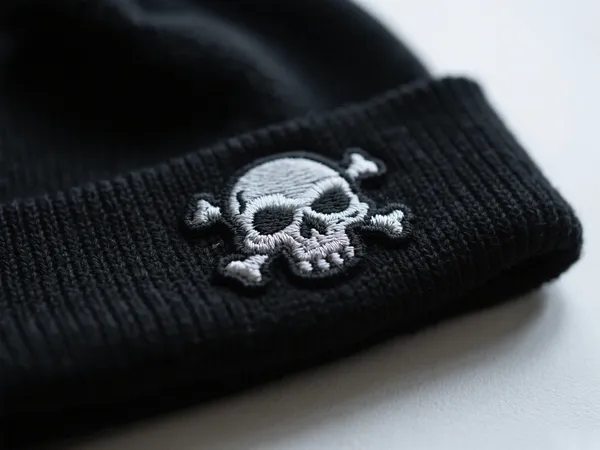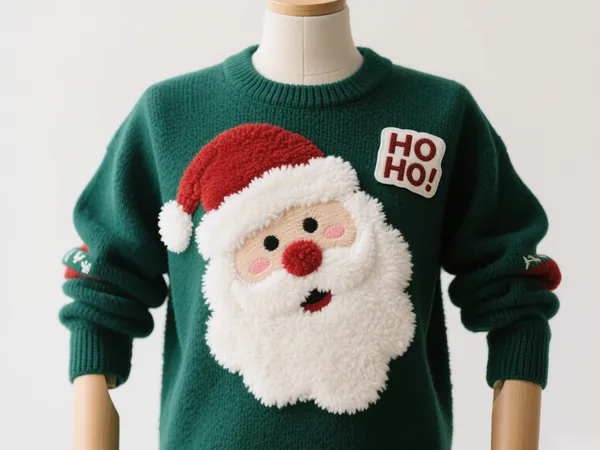Printed patches have gained immense popularity in the world of textile embellishments, offering a modern alternative to traditional embroidery. From fashion labels to sports teams and promotional events, printed patches provide a cost-effective and visually dynamic solution for showcasing logos, branding, and art on a wide range of garments. This blog explores what makes these patches stand out, how they’re made, and the best ways to apply them.
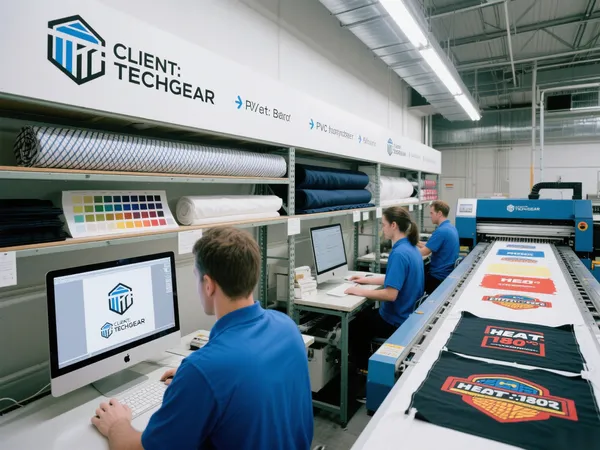
What Are Printed Patches?
Printed patches are decorative labels or emblems where the design is applied via printing methods instead of thread-based embroidery. Techniques such as sublimation, screen printing, and digital printing allow for high-resolution images, gradients, and even photorealistic designs. Unlike embroidered patches, which are limited by thread types and stitching density, custom printed patches can capture complex visuals with ease.
These patches are often heat-applied or sewn onto various garments including jackets, backpacks, caps, and uniforms. Their lightweight feel and smooth surface make them an attractive choice for fashion-forward brands and creative campaigns.
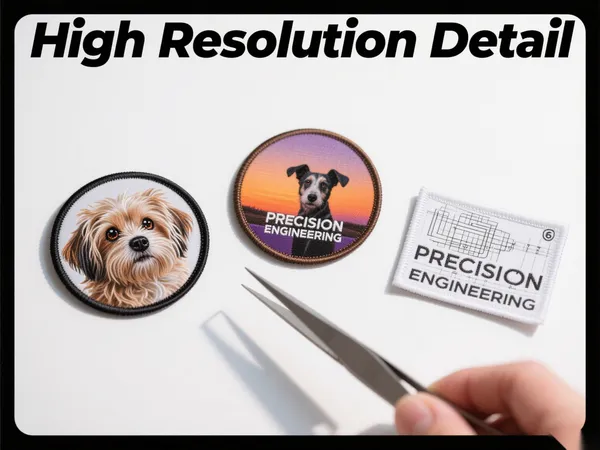
Key Benefits of Printed Patches
Printed patches offer a number of advantages that make them a smart choice for both businesses and individuals:
1. High Detail & Full Color
With sublimation patches or digital printing techniques, the level of detail achievable is far beyond what thread can offer. This is especially beneficial for intricate logos, photographic prints, or designs with gradients and small text.
2. Cost Efficiency
Compared to fully embroidered patches, printed patches tend to be more budget-friendly, especially for bulk orders or complex designs. The production process is faster and uses less material, making it ideal for promotional use.
3. Customization Flexibility
Printed patches can be customized in various shapes, sizes, and finishes — from matte to glossy textures. Whether you’re designing logo patches for your startup or creating limited-edition art series for a streetwear line, printed patches provide a flexible canvas.
4. Durability
Modern printed patches are made using durable materials such as polyester, twill, or PVC backings. When properly applied — either through heat pressing or sewing — they can withstand regular washing and wear without fading.

How Are Custom Printed Patches Made?
The process of creating printed patches typically involves:
- Design Preparation: Your artwork is formatted and prepared for print, often using vector files for clarity.
- Material Selection: A base fabric like twill or polyester is selected depending on the desired texture and application.
- Printing Process: Techniques such as sublimation printing (for synthetic fabrics) or screen printing are used to transfer the image onto the fabric.
- Backing and Finishing: Depending on the intended use, the patch can be finished with an iron-on adhesive, Velcro, or traditional sew-on backing.
Common Use Cases for Printed Patches
- Fashion Brands: Perfect for showcasing seasonal designs or brand logos on hats, jackets, and jeans.
- Corporate Events: Affordable and stylish branding tools for conferences, trade shows, or giveaways.
- Team Uniforms: Quick-turnaround identification patches for sports teams, clubs, and work uniforms.
- Streetwear & Artist Merch: Creative platforms for independent artists or labels to offer branded merchandise.
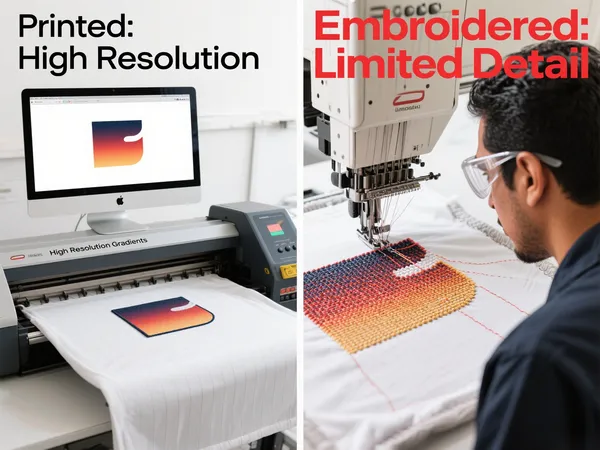
Choosing Between Printed and Embroidered Patches
While embroidered patches offer a classic and textured look, printed patches win in the areas of detail, cost, and speed. If your design contains multiple colors, gradients, or small text, custom printed patches are the better option. However, for a premium or vintage appearance, embroidery might still be preferred.
Application Tips for Printed Patches
- Heat-pressing is the most common method for applying sublimation patches. Make sure to follow the recommended temperature and timing guidelines.
- For long-term durability, especially on heavy-use garments, sewing the edges can reinforce adhesion.
- Test your material before applying heat; not all fabrics handle high temperatures well.
Final Thoughts
Printed patches combine the best of both worlds: the versatility of digital design with the tactile appeal of garment decoration. Whether you’re a fashion designer, small business owner, or event planner, logo patches and custom printed patches offer an affordable and impactful branding option.
As technology advances, the possibilities for printed patch designs continue to expand, giving creators the freedom to experiment and innovate on fabric like never before.


